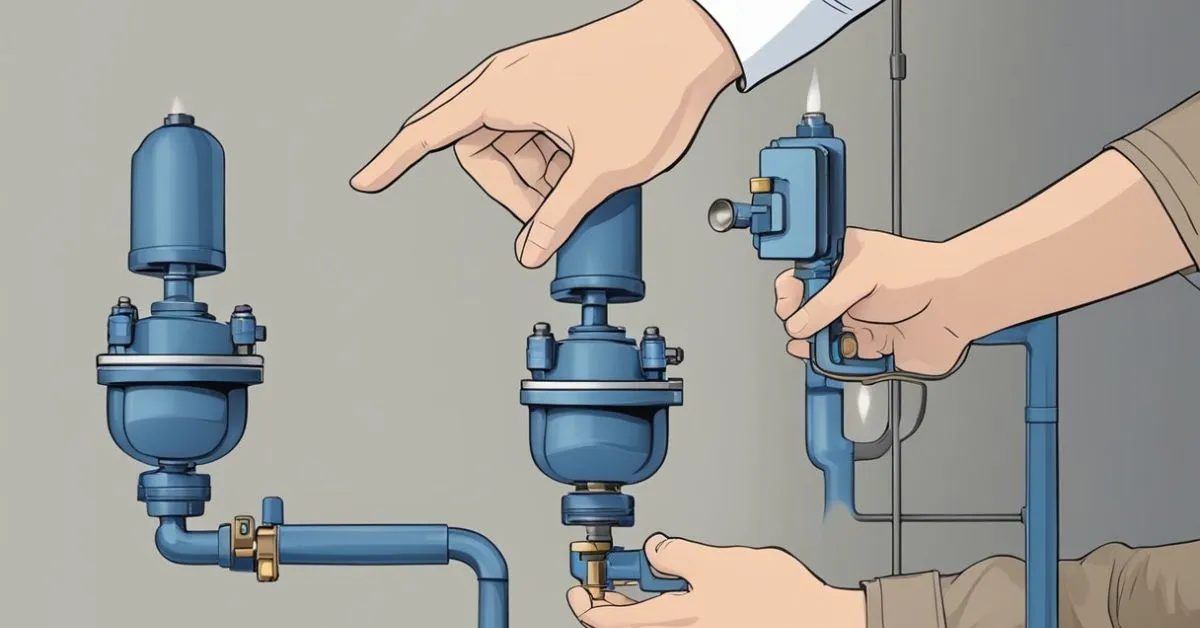HOUSTON, Texas — The midstream leg of the oil and gas industry generally plays a continual game of catch-up with its upstream brethren.
And while producers continually whittle away the time needed to bring a well to sales, midstreamers can’t take much time out of the pipe-laying process, since much of the process is out of their hands.
Beginning with the Barnett Shale more than 15 years ago, through early 2014, production momentum, coupled with easy money, kept the midstream project backlog growing.
High projections in hindsight
In October 2014, projections were crude production in the Lower 48 States would reach 11.5 million barrels per day [MMBPD] by 2017,” said Erika Coombs, a senior energy analyst with BTU Analytics.
Sixteen months ago, natural gas production in the Lower 48 was pegged at roughly 93 billion cubic feet per day (Bcf/d), according to Coombs, during her presentation at BTU Analytics recent “What Lies Ahead” seminar presentation in Houston, Texas. Kallanish Energy was in attendance.
Flash forward to January 2016, given the machinations the world economy has gone through, plus OPEC going for bust to maintain market share, and the previous projections are roughly 1 MMBPD and 7.8 Bcf/d higher than now, Coombs said.
Planning at $90 crude
Market optimism and timing incongruences between production growth, prices and infrastructure project completion led to today’s “considerable infrastructure overhang,” according to Coombs, providing midstream companies both risks and opportunities in the next five years.
“Infrastructure investments were planned in a $90 a barrel [Bbl crude] environment – leading to a large infrastructure overhang,” Coombs said.
Coombs illustration dealt with overhang in the Permian, Denver-Julesberg, Bakken and Eagle Ford plays which, in early 2014, were lacking sufficient infrastructure to move production. That lack of infrastructure disappeared roughly a year ago, and is now forecast by BTU Analytics to plateau at more than 7 MMBPD in two years.
At the same time, production from the four plays and infrastructure capacity fluctuate around 1.5 MMBPD of overcapacity through at least the end of 2021, according to Coombs.
“Spare pipeline capacity allows the U.S. to truly be a swing producer and easily meet global demand,” Coombs told her audience.
ARB Midstream co-founder and CEO Adam Bedard, who also spoke at the BTU Analytics conference, offered recommendations concerning how midstream companies can create value for the crude industry during the ongoing downturn.
New pipeline capacity added
| Year | Billion cubic feet per day (Bcf/d) capacity |
|---|---|
| 2015 | 11 |
| 2014 | 6 |
| 2013 | 5 |
| 2012 | 5.5 |
| 2011 | 16 |
| 2010 | 16.5 |
| 2009 | 22 |
| 2008 | 45 |
| 2007 | 15 |
| 2006 | 10 |
| 2005 | 8 |
U.S. natural gas pipeline capacity added in the last 11 years has ranged from roughly 5 billion cubic feet per day (Bcf/d), to a whopping 45 Bcf/d.
Source: BTU Analytics
Location is critical – a midstreamer must provide targeted, quick response infrastructure in growing regions, knowledge of producer economics is critical with crude priced in the $30/Bbl range, Bedard said.
Midstream projects must be sized to market conditions, with companies able to pivot between greenfield development and acquisitions.
“Flexible service: [midstreamers must offer] access to multiple end markets, crude quality segregation/blending, and both inbound and outbound service help maximize returns in a volatile market,” according to Bedard.
Gas infrastructure overhang, too
The infrastructure overhang likewise impacts natural gas in the U.S., according to Coombs. From 2005 through 2015, roughly 160 Bcf/d of new gas pipeline capacity was added to the U.S. line system.
“In 2008, there was a big jump in capacity, with 45 Bcf/d added,” Coombs said. “In 2015, 11 Bcf/d of pipeline capacity was added.”
One major potential problem no one ever considered when signing producers to pipeline capacity is, what happens if the counterparty(ies) go bankrupt?
Producer-backed could cause problems
“It’s known 46% of the 20 Bcf/d of new, long-haul pipeline projects expected to be completed are producer-backed, with 27% undisclosed, but likely backed by producers,” Coombs said. “Roughly 14.6 Bcf/d of the 20 Bcf/d could be backed by producers. What happens if they go under?”
Looking ahead, Coombs said midstream opportunities in the future will primarily be driven by repurposing assets and projects that “optimize the ‘first’ and ‘last’ mile of a hydrocarbon’s life, i.e., field gathering or laterals to serve new demand.”
One big example would be running connections to new gas-fired power plants. Coombs said roughly 7 Bcf/d of gas-fired facilities will come online between 2016-2020, in the states of Pennsylvania, Texas, Virginia, Ohio, Maryland and “other.”








